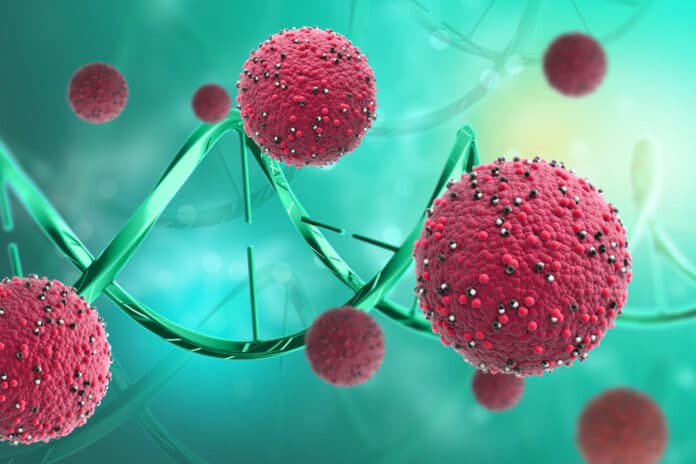The existence of several cell types and the heterogeneity of the tumor are two factors that contribute to cancer therapy resistance. Interactions between tumor cell-cell and cell-microenvironment have a crucial impact on the growth and invasion of cancer, which has critical implications for diagnostics and chemotherapy resistance.
By combining cutting-edge bioprinting techniques with synthetic structures or microfluidic chips, an international team of interdisciplinary researchers at the University of Waterloo has created a method for better 3D modeling complex cancers. Through this, scientists could accurately understand heterogeneous tumors: tumors with more than one kind of cancer cell, often dispersed in unpredictable patterns.
This 3D model not only reflects the complexity of a tumor but also simulates its surrounding environment.
Nafiseh Moghimi, an applied mathematics post-doctoral researcher and the study’s lead author, said, “We are creating something that is very, very new in Canada. Maybe just a couple of labs are doing something close to this research.”
First, the group developed “microfluidic chips” made of polymer, which are tiny structures with channels etched into them to represent the movement of blood and other fluids around a patient’s tumor. The scientists then expanded various cancer cell types. They suspended these cell cultures in their unique bioink—a concoction of gelatine, alginate, and other nutrients—that was made to maintain the cell cultures’ viability.
Finally, they layered several cancer cell types onto the ready microfluidic chips using an extrusion bioprinter, a device similar to a 3D printer but for organic material.
The end product is a three-dimensional, living model of complex diseases that scientists can use to evaluate therapeutic approaches, such as chemotherapy medications.
Scientists are particularly interested in creating complex models of breast cancer. After skin cancer breast cancer is the most common cancer diagnosed in women. Breast cancer is complicated to treat because, when it metastasizes, it manifests as complicated tumors made up of several cell types. Relying on the cells from one or two biopsies to accurately reflect a whole tumor can result in treatment strategies that are unsuccessful and undesirable results.
The 3D-printed tumor models serve as an excellent illustration of how modern technology enables quicker, less painful, and more affordable therapies for critical ailments like late-stage breast cancer.
Journal Reference:
- Moghimi, N., Hosseini, S.A., Dalan, A.B. et al. Controlled tumor heterogeneity in a co-culture system by 3D bio-printed tumor-on-chip model. Sci Rep 13, 13648 (2023). DOI: 10.1038/s41598-023-40680-x
